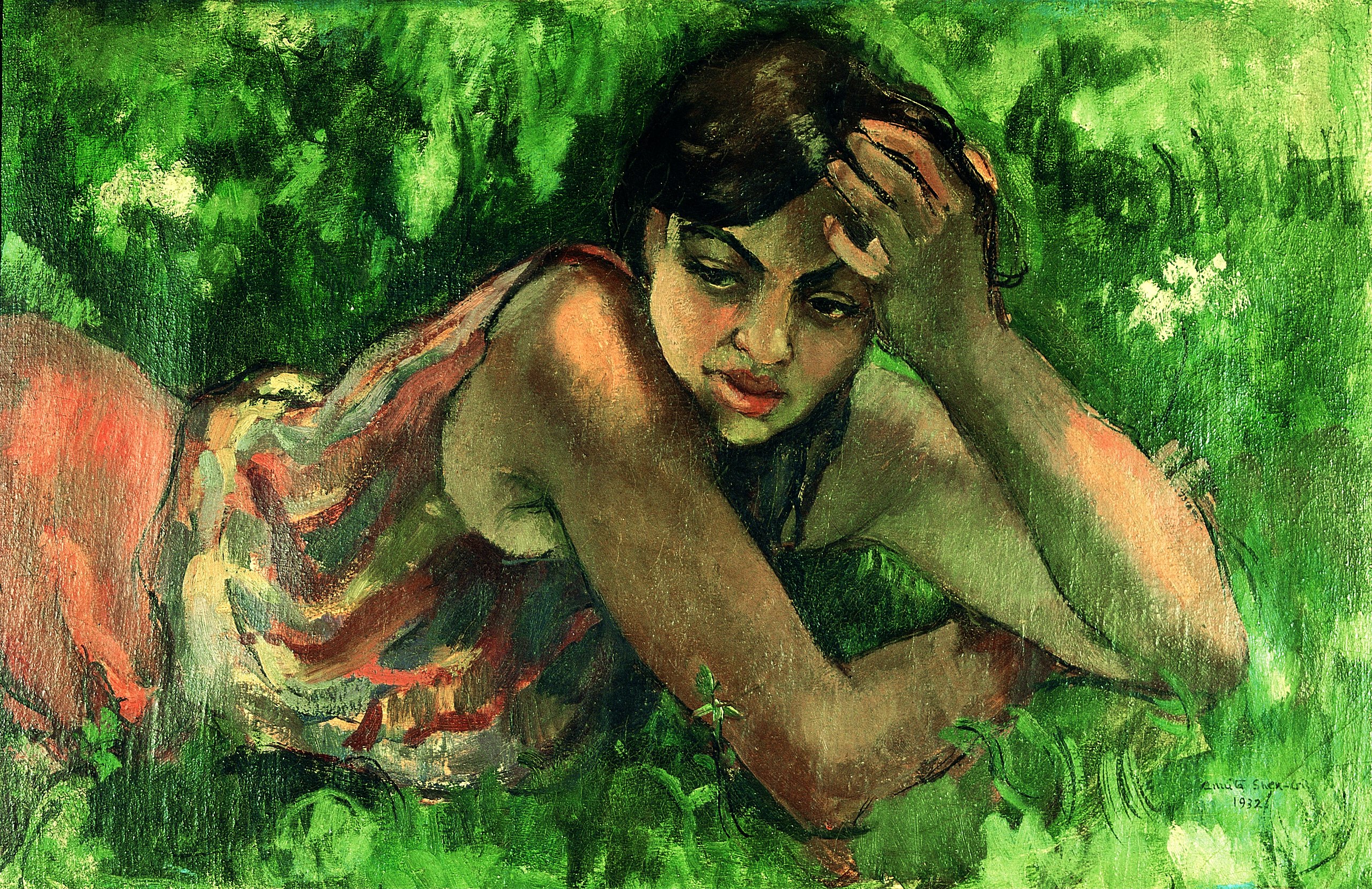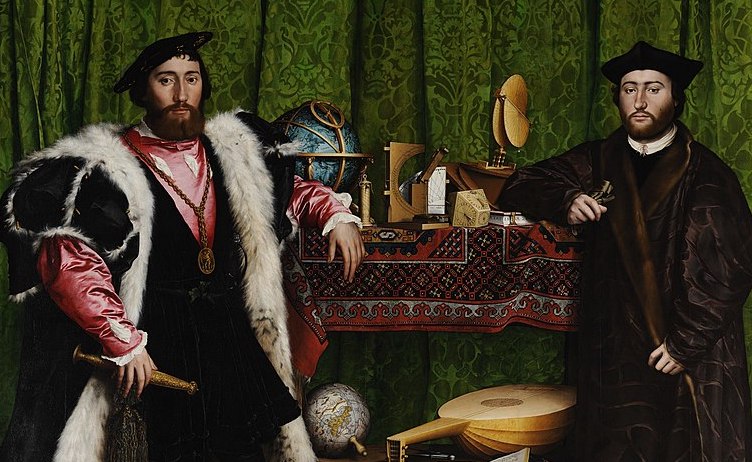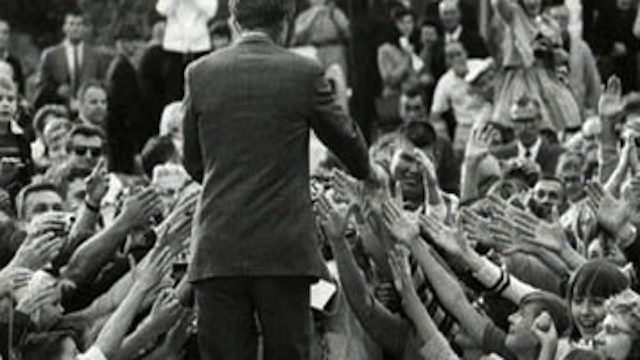Contingency Plan: The Art of Richard Wright

Unhappy with his art, Richard Wright destroyed all of his paintings in the late 1980s and gave up painting altogether for two years. Returning to the art world from that self-imposed exile, Wright began painting unique minimalist works in the corners of galleries and other spaces, only to have them painted over right after the exhibition. “Wright’s practice is always framed by an embrace of contingencies,” writes Russell Ferguson in his essay in the first monograph on Wright, titled Richard Wright. “The work is formed out of a concatenation of elements that come together as a kind of performance: the ‘live situation.’” Although nothing of his work from before 1999 survives, Wright’s painterly performances live on in photography and in the memories of those who experienced them personally. The power of those perceptions helped Wright earn the prestigious 2009 Turner Prize. Wright fully accepts the contingencies of time and place in his art and arrives at a plan that is both beautiful to look at and mystical to behold.
“I wanted to get at the idea without the object getting in the way,” Wright says in hopes of explaining the appeal of his art. As Ferguson puts it, “Wright’s work does things more than it says things. It does not represent anything other than itself.” Here is abstract art that values the play of color, mass, and shade as the essence of painting itself, rather than viewing painting as some kind of gateway to meaning perhaps best put in words rather than images.
Sarah Lowndes, Wright’s wife, gives an in-depth view of the thinking behind his art. Lowndes connects the tidbit that Wright’s favorite book is Dostoevsky’s The Idiot with his art’s mystical quality. Perhaps the most eye-opening passages of Lowndes essay reveal the many influences on Wright’s art, which range from mystical visionaries such as J.M.W. Turner and William Blake to older artists such as Piero della Francesca and Titian. Similarly, John Lowden expounds in his essay on how Wright might best be viewed as an artist with a Middle Ages mindset. “Simultaneously craftsman, thinker, allegorist, and mystic,” Wright sees as painters of that period once saw. Closer to modern day art, Wright’s recent works on paper (such as that shown above) mimic rock band posters such as the Grateful Dead’s Aoxomoxoa.
Perhaps the best way of thinking about Wright’s art is to put it in terms of Wright’s other art form of choice—music. Just as music defies verbal analysis, Wright’s paintings refuse to allow words to pin them down. The rhythmic patterns of Wright’s installation paintings bring to mind the rhythms of the music of Philip Glass, which strips music down to its essence as performance in space and time rather than a timeless artifact. Wright’s art only exists in time and space. In this monograph you can feel the photographers struggle to capture the paintings, sometimes using several photos to approximate the feeling of seeing it in situ. But it is always an approximation—never the real deal.
“Painting is not a collection of signs that point toward language,” Wright has said in explanation of his art. “It’s like a word without a synonym—you can’t look it up in a dictionary, you have to find its meaning within the painting itself.” Richard Wright demonstrates thoroughly why the Turner Prize chose Wright for recognition. Wright aims at nothing less than saving painting from itself, or at least the “self” that it has become. As Frost said of poetry, a painting should not mean but be. Wright compels us to let his (and all other) paintings simply be in the network of contingencies and accidents in which we and art live.
[Image: Richard Wright. Untitled (03.03.08). 2008. Gouache and watercolor on paper. 24 x 33 inches (61.2 x 83.7 cm). Image courtesy Gagosian Gallery.
[Many thanks to Rizzoli for providing me with a review copy of Richard Wright and to Gagosian Gallery for the image above.]





